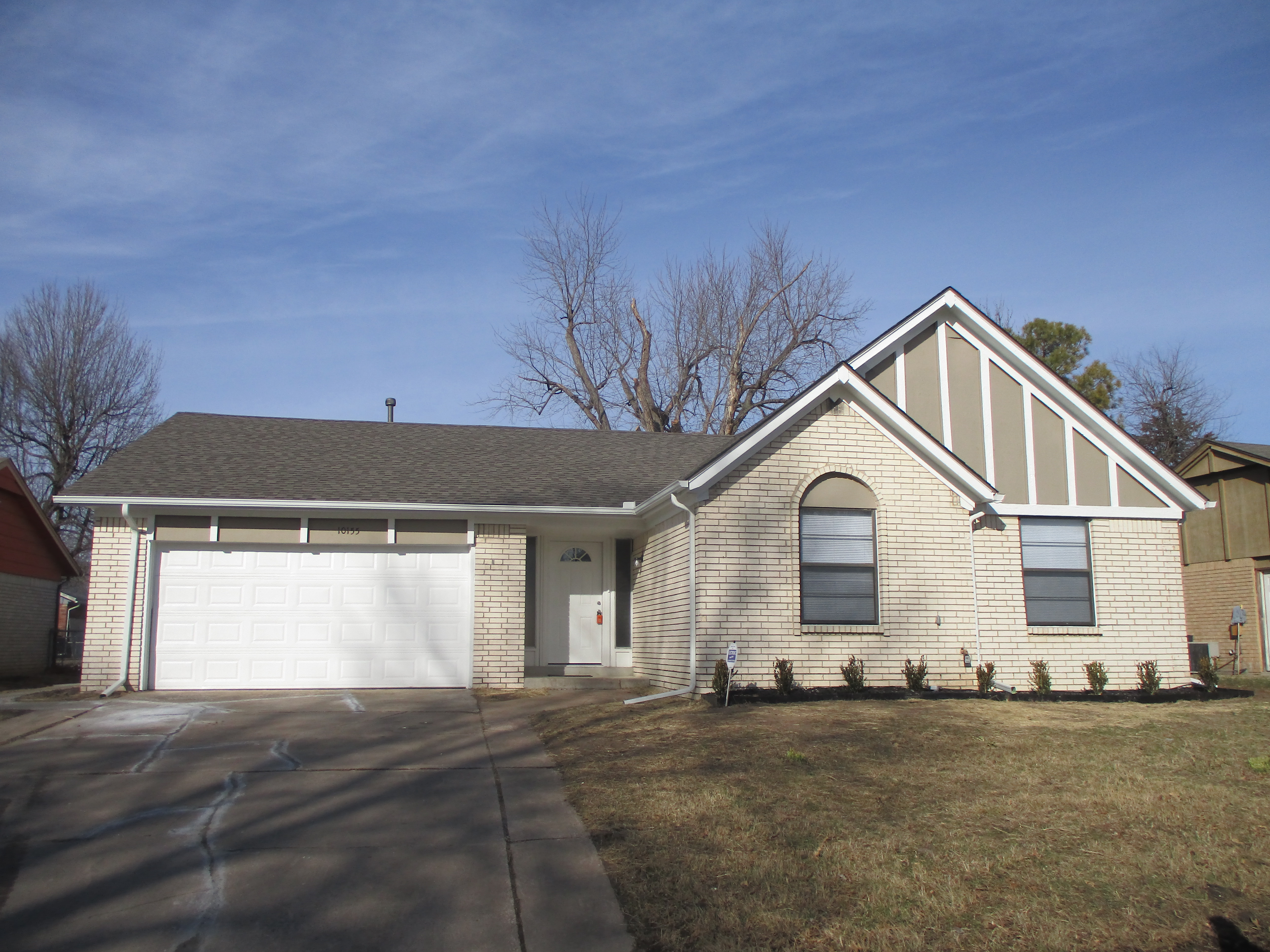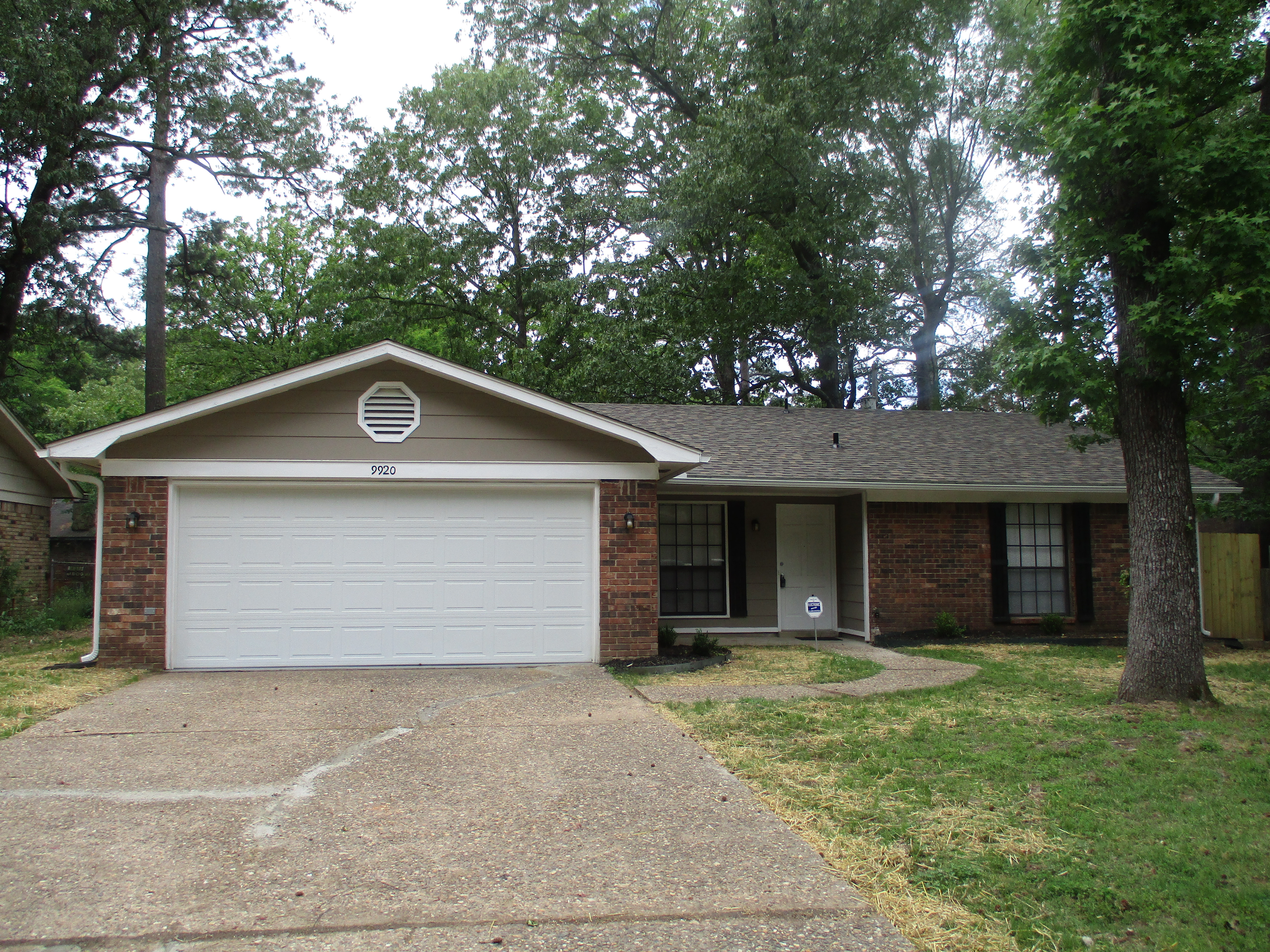 If you’re like anyone trying to buy in today’s real estate market, you’re likely tired of the current state of affairs. While there’s some excitement in the frenzy of it all, the intensity and frustrations of the real estate market have outworn their welcome.
If you’re like anyone trying to buy in today’s real estate market, you’re likely tired of the current state of affairs. While there’s some excitement in the frenzy of it all, the intensity and frustrations of the real estate market have outworn their welcome.
If you’re holding out for the real estate market to simmer down into something more “normal,” there are a few things that have to happen first.
4 Factors that Determine Future Real Estate Market Conditions
Pandemic Restrictions
Because the pandemic largely fueled real estate demand, a return to “normalcy” is needed before we will see the market soften in kind. Restrictions and regulations in big cities were one of the major motivations for moving out and away into more suburban, spacious markets with fewer COVID regulations.
As cities like New York City and Los Angeles begin to open back up thanks to vaccination efforts, real estate interest will return. These are the markets that took a hit during the pandemic due to both the sheer volume of people and the high price tag.
Because the pandemic softened prices in many primary markets, the ability to return to them and live “normally” with better prices — at least temporarily — will be an incentive for buyers to return. This will then ease the pressure of some of the out-of-control competition in southern and midwestern markets. Demand will become less concentrated over time.
Inventory
While multiple factors contributed to the current state of the market, inventory issues have been the driving force behind surging prices and bidding wars. Inventory shrunk dramatically in Spring 2020 when COVID restrictions kicked in in full force. Buyers pulled their listings off of the market en masse and the construction sector stalled.
When demand surged, then, there wasn’t enough inventory to go around.
As pandemic restrictions ease, we’re likely to see an uptick in inventory. Not only will buyers be more comfortable with selling (if they haven’t already been incentivized by what they can sell for), but the construction sector will see improved conditions and supply chains.
At the same time, the expense of building materials (in part due to shortages and part due to inflation) will likely stay high. This will increase the cost of new construction and renovations — and trickle down to existing properties as well.
The Income Gap
The COVID-19 recession has resulted in what experts call “K-shaped” recession recovery. This means that one group (in this case, higher earners) recover while another group (low-income earners) continues to struggle with economic recovery.
This has priced many first-time homebuyers out of the market. Most home sales are existing owners looking to move up or to a new location. In some ways, this has tempered existing demand.
However, the persisting gap in income compared to property prices and inflation as a whole means that households are increasingly priced out of buying and, at times, renting. For the market to be healthy in the long-term people need to reasonably afford both options. Only time will tell if the income gap will shrink...or continue to widen.
Buyer Behavior
The economy is difficult to predict for one big reason: we’re human. Humans don’t always act rationally or predictably, which makes market analysis more challenging. Part of what will help the market return to “normal” is an easing in buyer demand. This will return some semblance of balance between supply and demand.
The market is already tempered by strict lending standards, high prices, and fierce competition.
There are already signs that buyers are pulling back from the market. Homes are starting to stay on the market longer and may only receive one bid. The pandemic created much of the urgency surrounding the real estate market. As these fears ease, buyers will likely grow less eager to move at any cost.
A potential obstacle in the future?
Buyer’s remorse.
In the next year or so, we’re likely to see a surge in foreclosures and property listings. Buyers will realize they were in over their heads — buying properties they could not reasonably afford, particularly during a recession — and will take action to correct their mistakes.
Hopefully, this shift will rebalance supply and demand, making the market look more like the one we’re used to.
Avoid the headache of investing blindly. Don't settle for a side hustle that gets you nowhere. Subscribe to The Grind, and learn how to take your entrepreneurship to the next level!












